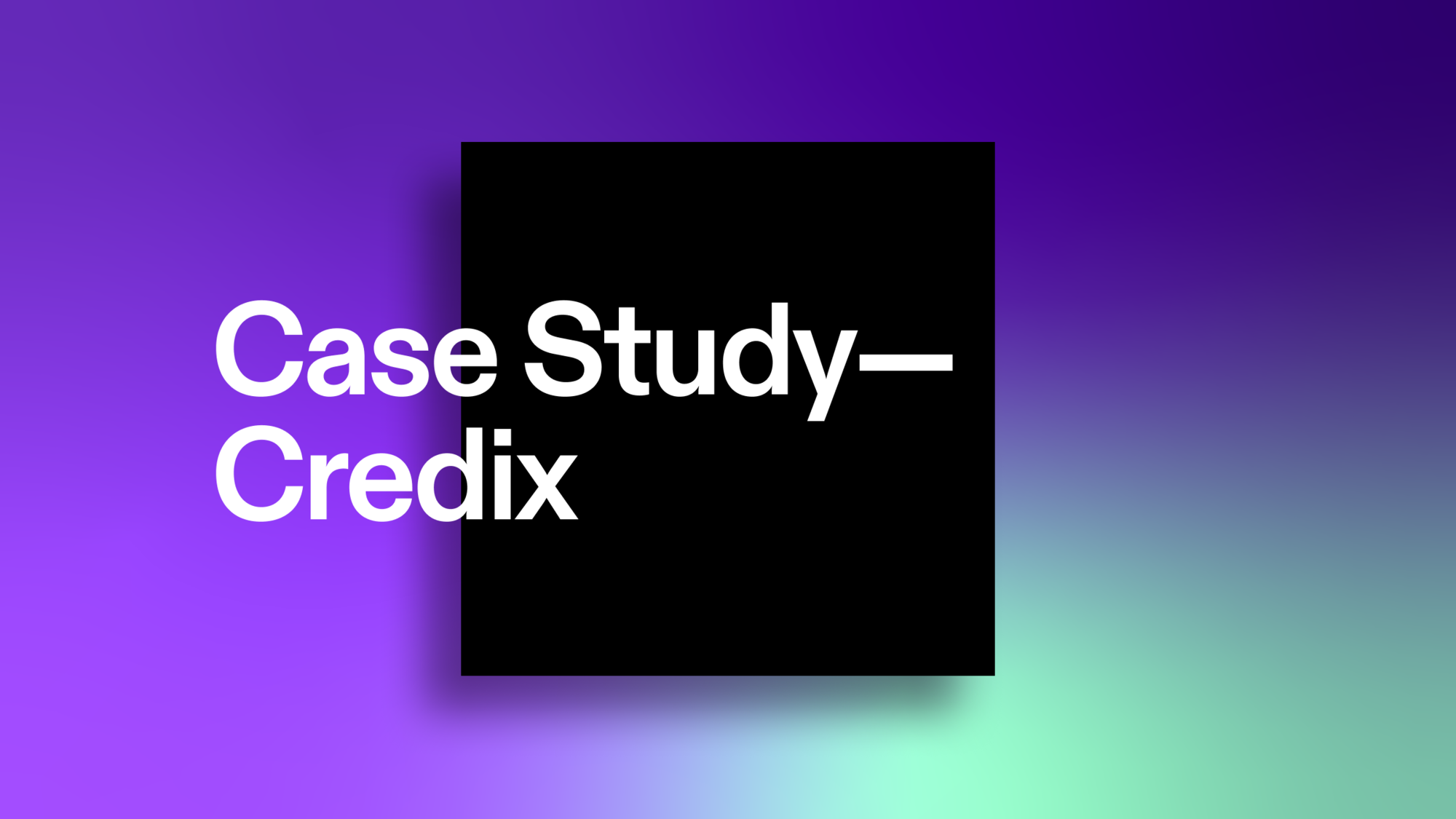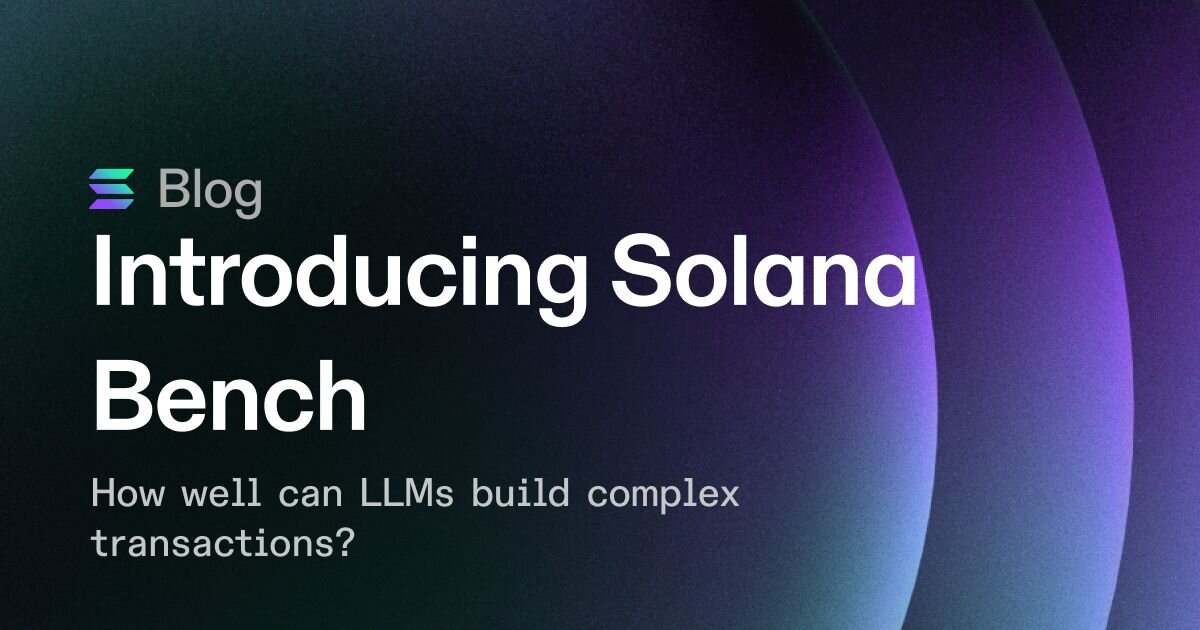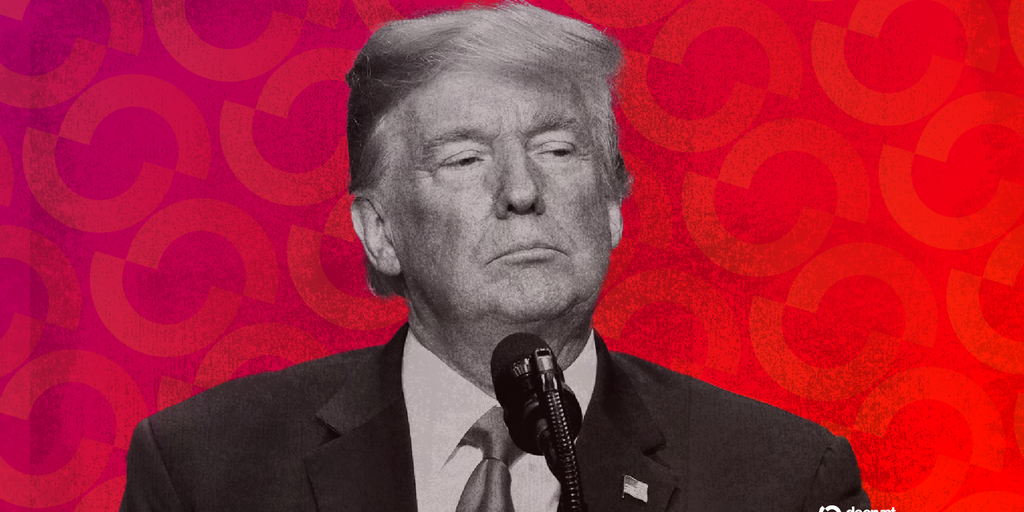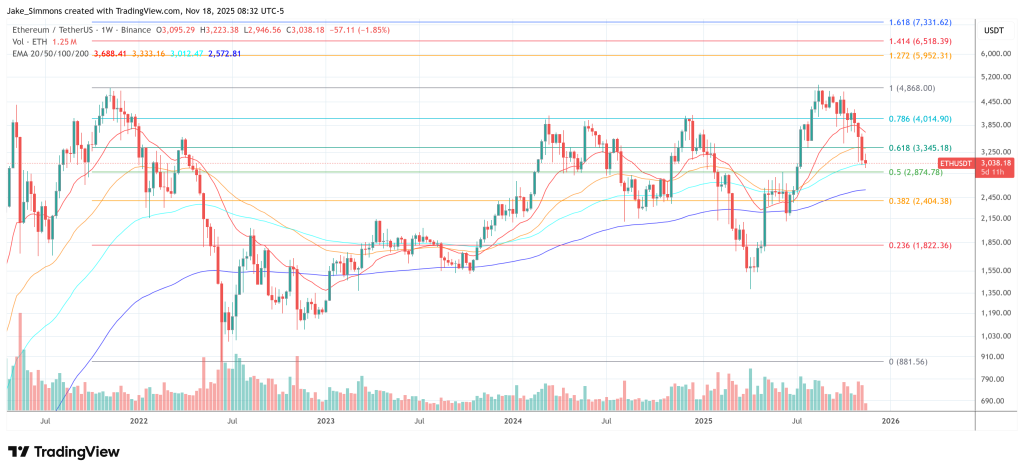Case Study: Credix – Revolutionizing Decentralized Credit
Background
This is one of a series of case studies produced for the Solana Foundation that showcases individual, independent projects in the Solana ecosystem. Being featured in a case study does not constitute an endorsement from the Solana Foundation.
The Problem
Brazil has a massive credit problem. Its overall GDP growth is expected to slow this year — undermined by rising inflation, spillover effects from the Russia-Ukraine War, and other financial constraints — and the situation for Brazilian consumers isn’t any better.
Brazilians have some of the costliest loans in the world, and on top of that, commercial Brazilian banks don’t issue credit in ways that match demand. A 2021 study found that Brazil’s Central Bank has not properly accounted for the amount of credit card debt held by consumers (to the tune of hundreds of billions of US dollars). Meanwhile, the average interest rate for Brazilians with unpaid credit card balances, Bloomberg recently reported, is astronomical to the point of disbelief: 346 percent.
Solution: Credix
This is the problem co-founders Thomas Bohner, Maxim Piessen, and Chaim Finizola set out to solve with Credix. Credix is a decentralized credit marketplace that links investors with FinTech companies in emerging markets. And their goal is to tackle these credit challenges head-on.
“The idea really started with bringing real-world assets onto the blockchain,” says Thomas. Much institutional investing still occurs through traditional means, like investing in banks who then make loans. But a combination of high interest rates, legacy technology, and a cumbersome regulatory environment often slows the process of actually getting those loans to individuals.
Making private credit investments is a potential solution for those investors — they just need to find the companies to dispense their capital. This is where Credix steps in. The platform helps local borrowers get money at attractive interest rates, and it enables investors to access those opportunities through the platform. “We’ve built a marketplace where we’re connecting institutional investors — whether hedge funds, family offices, asset managers, and accredited investors like high net-worth individuals — and we’re giving them the opportunity to invest in FinTech credits,” Thomas says. In essence, these investors are “sourcing a credit facility through Credix.”
How It Works
Brazilian FinTech company Tecredi is one such company working to lend money to consumers. Tecredi uses a mobile app to enable auto loans with zero physical paperwork (everything is online), and it boasts that it has rates rivaling those in the broader market. However, “because it is a non-bank lender,” Thomas explains, Tecredi “cannot lend from its balance sheets, so it has to go to the capital markets to lend capital.” In other words, the company is reliant on larger, outside forces to provide Brazilians with the loans that they need — in the face of a continually growing credit crisis.
With Credix, Tecredi can tokenize the company’s existing loan portfolios and borrow against that in USD Coin. This expedites the loan process for Tecredi and the individuals it helps.
Solana’s Role
Solana, Maxim says, has been a fast and cheap means of scaling this kind of credit access platform. An investor can put $5 million through the Credix system, for example, and see confirmation in a matter of milliseconds rather than minutes. Because the Solana chain separates state and logic — within a programming model where machines transition between states in a logical flow — it’s also easier to code the logic once and then just open new accounts for companies on top of that, Maxim adds. The web3 ecosystem has enabled fast transactions and accelerated scale than more traditional, often technologically outdated investment channels.
Results
In Brazil, Credix has helped get over $25 million in loans to small- and medium-sized enterprises and individuals, passing through Brazilian FinTech companies like Tecredi, A55, Divibank, and Adiante. But Thomas, Maxim, and the rest of the team have no intentions of stopping in Brazil. They’ve recently announced plans to open a $150m credit facility in Colombia in 2023.
Conclusion
Credix sees a multi-billion opportunity, from potential relationships with some of the largest Brazilian agricultural farms to consumer FinTech giants in India. Last month, Roberto Campos Neto, president of the Central Bank of Brazil, himself said that he believes that credit cards will soon cease to exist given the growth of the open finance system. For now, Credix is growing — and with credit moving into the web3 ecosystem, the team sees the future borders as limitless.
FAQs
- What is Credix?
- What is the problem that Credix solves?
- How does Credix work?
- What is Solana’s role in Credix?
- What are the results of Credix so far?
Credix is a decentralized credit marketplace that links investors with FinTech companies in emerging markets.
Credix solves the problem of costly loans and a lack of access to credit in emerging markets, particularly in Brazil.
Credix helps local borrowers get money at attractive interest rates and enables investors to access those opportunities through the platform.
Solana provides a fast and cheap means of scaling the credit access platform, enabling fast transactions and accelerated scale than more traditional investment channels.
Credix has helped get over $25 million in loans to small- and medium-sized enterprises and individuals in Brazil, and has plans to open a $150m credit facility in Colombia in 2023.







